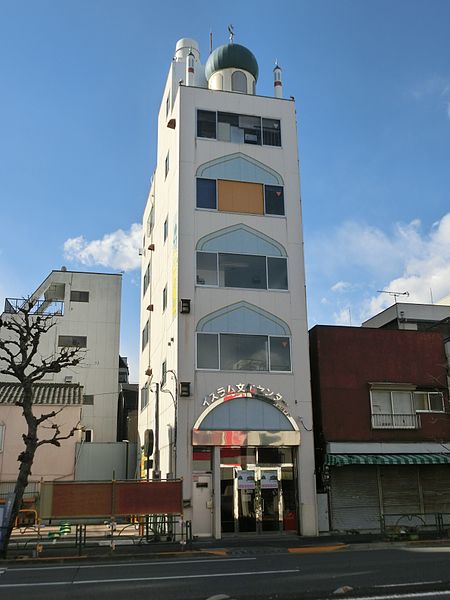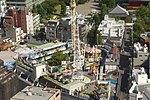Asakusa Mosque
1998 establishments in JapanAsakusaMosques completed in 1998Mosques in Japan

Daar Al-Arqam Mosque or commonly known as Masjid Asakusa (Japanese: ダール・アル・アルカム・マスジド) is a mosque located in downtown Tokyo that was built in 1998. Asakusa Masjid Mosque is managed by the Japan Mosque Foundation (JMF) which is one of the departments in the institute Islamic Circle of Japan.
Excerpt from the Wikipedia article Asakusa Mosque (License: CC BY-SA 3.0, Authors, Images).Asakusa Mosque
Yoshino-dori Avenue, Taito Asakusa
Geographical coordinates (GPS) Address Nearby Places Show on map
Geographical coordinates (GPS)
| Latitude | Longitude |
|---|---|
| N 35.721764 ° | E 139.801487 ° |
Address
ダールルアルカム・マスジド
Yoshino-dori Avenue 1-9-12
111-0025 Taito, Asakusa
Japan
Open on Google Maps










